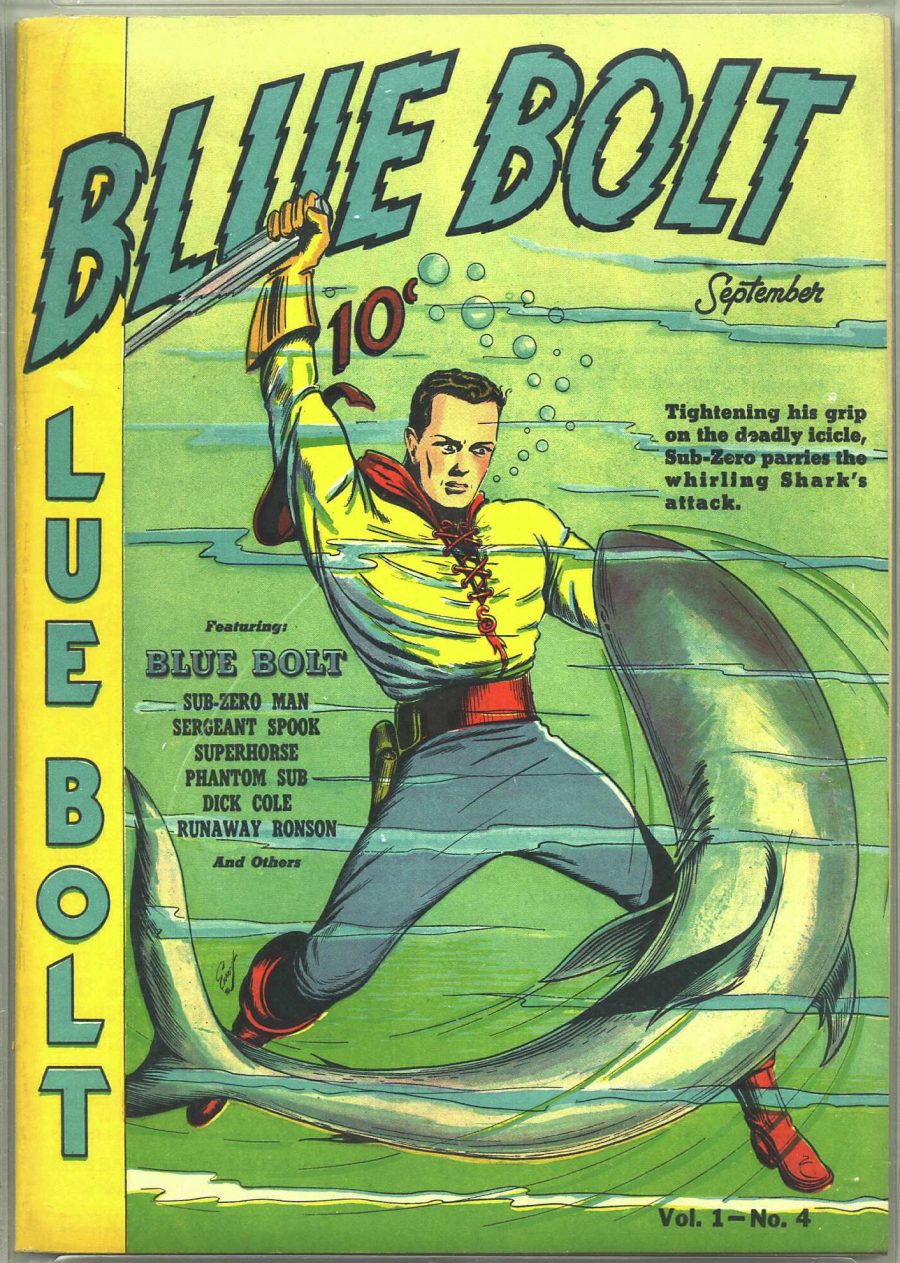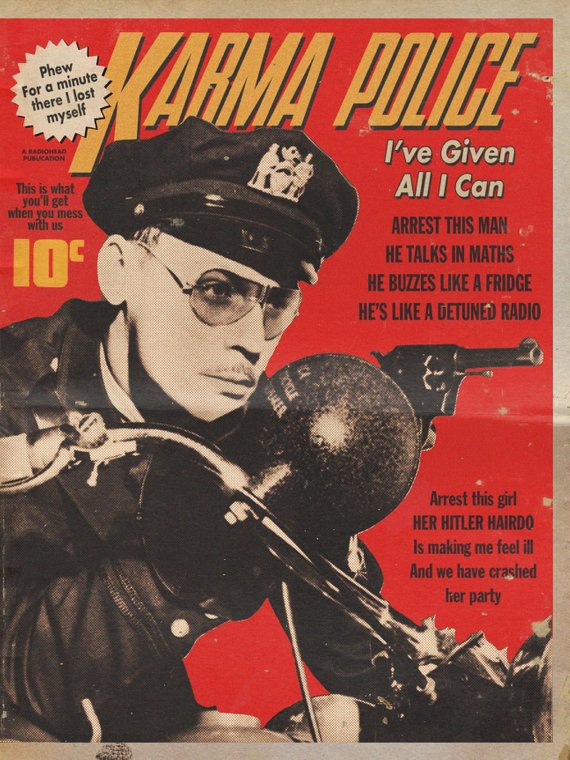“Dan Brown visited my English class,” remembers the New Yorker’s Joshua Rothman. “It happened in the spring of 1998,” five years before Brown hit the bigtime with The Da Vinci Code, a thriller best known for its colossal sales numbers. “None of us had heard of Brown, or of his book” — his debut novel, Digital Fortress — “and we were annoying, arty little snooty-snoots. Why would we want to talk with the author of a ‘techno-thriller’ about computer hackers?” But the class’ attitude didn’t stop Brown from sharing the writing wisdom he had to offer, delivered in the form of such guidelines (in Rothman’s memory) as “Set your story in an exotic location,” “Make your characters interesting people with secrets,” “Have lots of plot twists,” and “End each chapter with a cliffhanger.”
At the time, Rothman didn’t understand why Brown would come to his class to “give a bunch of arty high-school kids advice about how to write cheesy thrillers.” But now, as a professional writer himself, Rothman realizes “why Brown’s advice was so practical,” and what it had to teach them about the practical considerations, even rigors, of “how to write for a living.”
Though he doesn’t mention any of his classmates growing up to become the kind of novelists Brown is, a great many others dream of such a writing life, few of whom ever had the chance to benefit from a classroom visit by the man himself. But they can now enroll in “Dan Brown Teaches Writing Thrillers,” a new course from online education company Masterclass whose trailer you can watch above.
Any fan of Brown’s writing — or the blockbuster movies that have been made out of it — knows that, as far as exotic locations, characters with secrets, plot twists, and cliffhangers go, he has hardly abandoned his principles. His Masterclass covers all of those aspects in depth and more besides, from “The Anatomy of a Thriller” to “Creating Heroes and Villains” to “Creating Suspense” to “Protecting Your Process.” Brown also devotes two sections to research, which he once called in a Goodreads question-and-answer session “the most overlooked facet of writing a successful page turner.” If any living writer knows how to come up with a successful page turner, Brown does, and unlike in his novels themselves, he certainly doesn’t seem inclined to bury the secret under layers of history, symbolism, conspiracy, and murder. You can enroll in Brown’s new thriller-writing class (which runs $90) here. You can also pay $180 to get an annual pass to all of Masterclass’ courses.
FYI: If you sign up for a MasterClass course by clicking on the affiliate links in this post, Open Culture will receive a small fee that helps support our operation.
Related Content:
Margaret Atwood Offers a New Online Class on Creative Writing
Judy Blume Now Teaching an Online Course on Writing
Stephen King’s 20 Rules for Writers
Based in Seoul, Colin Marshall writes and broadcasts on cities, language, and culture. His projects include the book The Stateless City: a Walk through 21st-Century Los Angeles and the video series The City in Cinema. Follow him on Twitter at @colinmarshall or on Facebook.



















